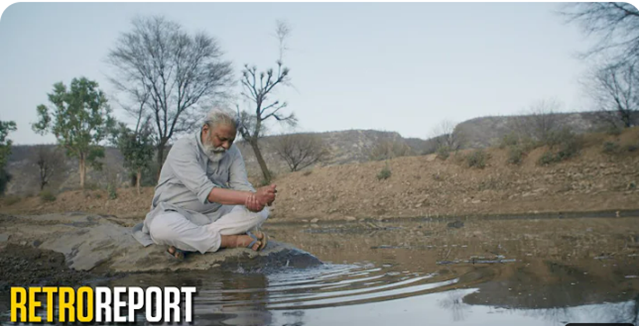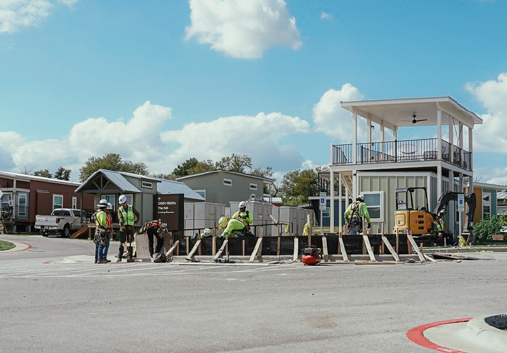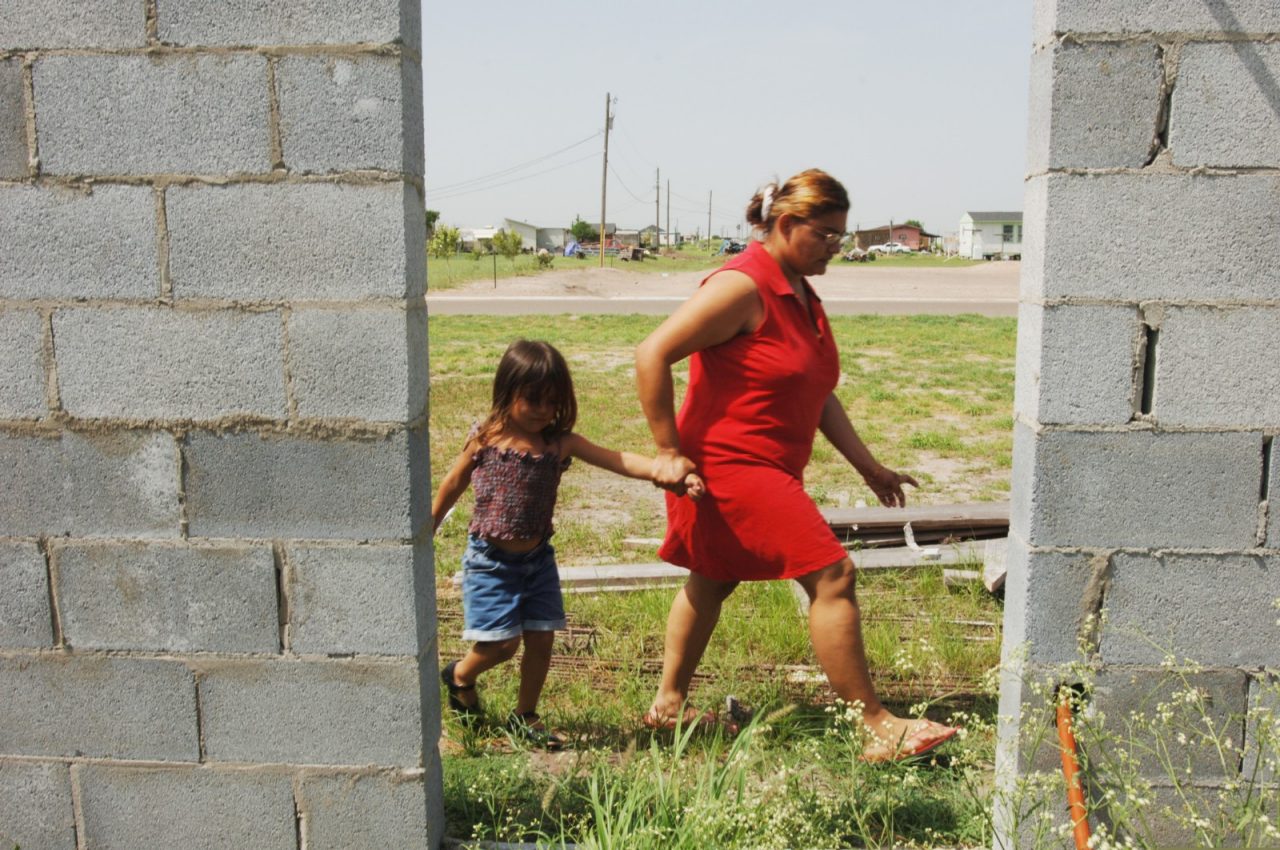Infrastructure is Public Health
Infrastructure forms the foundation of a healthy community.
Investing in infrastructure is key to making communities healthier, more equitable places to live.
We all want to live in a community where everyone has access to safe drinking water, green parks, and a reliable transit system. Strong infrastructure is key to ensuring communities have access to these necessities.
But this is not everyone’s reality today. For decades, barriers like residential segregation have fueled a lack of investment and inadequate and failing infrastructure in places where Black, Latino, and Indigenous people live today. These inequities create barriers to good health.
Investing in infrastructure—the building blocks of our communities—can transform communities so they are healthier and more equitable places to live.
Water
This collection of research offers insights into how to close the gap in access to affordable and safe water.
Parks and Green Spaces
The national funding initiative People, Parks and Power and research from City Parks Alliance and the National Recreation and Parks Association are advancing equitable investment in parks and green infrastructure.
Transportation
This field scan by SmartGrowth America dives into how transportation affects health equity in America.
Pillars, Policies, And Plausible Pathways Linking Digital Inclusion And Health Equity
Digital inclusion and health equity are connected through direct and indirect pathways. Strengthening both pathways create conditions for people to use the internet to thrive.
Related Perspectives
RWJF staff members share examples of infrastructure at work.
Related Content
RWJF is supporting the efforts of small and midsize cities across the nation to develop solutions that effectively leverage local resources and strengths

Grantee Story
The Gift of Water: How Communities Are Sharing Traditional Techniques to Combat Drought
In drought-prone areas, communities are incorporating green infrastructure to harvest and reuse scarce water, often drawing on the ancient knowledge and wisdom of indigenous practices.

RWJF Announces New Allocation for Impact Investments to Improve Health Equity
2-min read

Increasing Community Resilience for Climate-Related Events Through Green Infrastructure
2-min read

Neighborhood Resources and Health Risks for Children Covered by Medicaid and CHIP
1-min read